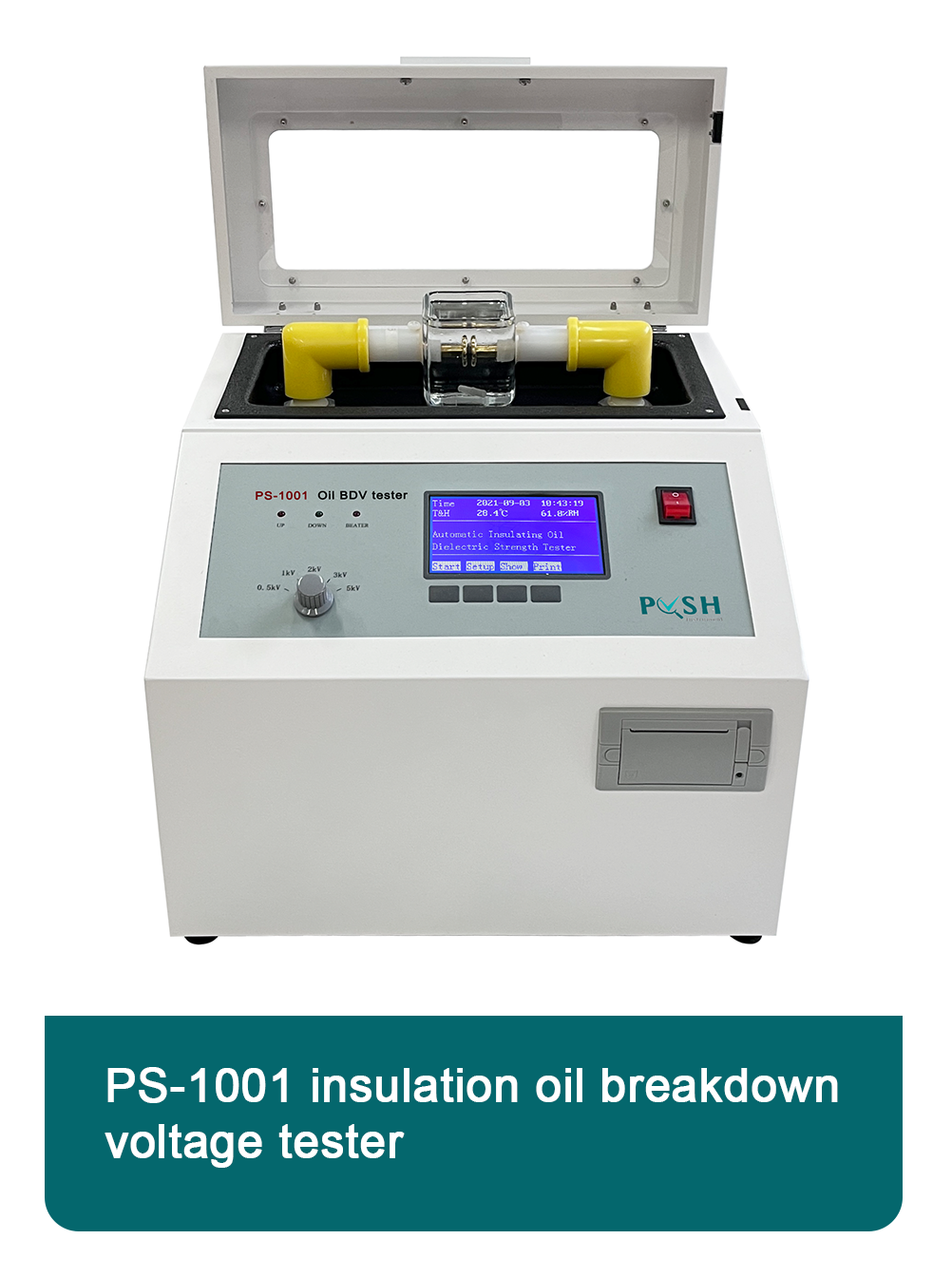 English
English



-
 Afrikaans
Afrikaans -
 Albanian
Albanian -
 Amharic
Amharic -
 Arabic
Arabic -
 Armenian
Armenian -
 Azerbaijani
Azerbaijani -
 Basque
Basque -
 Belarusian
Belarusian -
 Bengali
Bengali -
 Bosnian
Bosnian -
 Bulgarian
Bulgarian -
 Catalan
Catalan -
 Cebuano
Cebuano -
 China
China -
 China (Taiwan)
China (Taiwan) -
 Corsican
Corsican -
 Croatian
Croatian -
 Czech
Czech -
 Danish
Danish -
 Dutch
Dutch -
 English
English -
 Esperanto
Esperanto -
 Estonian
Estonian -
 Finnish
Finnish -
 French
French -
 Frisian
Frisian -
 Galician
Galician -
 Georgian
Georgian -
 German
German -
 Greek
Greek -
 Gujarati
Gujarati -
 Haitian Creole
Haitian Creole -
 hausa
hausa -
 hawaiian
hawaiian -
 Hebrew
Hebrew -
 Hindi
Hindi -
 Miao
Miao -
 Hungarian
Hungarian -
 Icelandic
Icelandic -
 igbo
igbo -
 Indonesian
Indonesian -
 irish
irish -
 Italian
Italian -
 Japanese
Japanese -
 Javanese
Javanese -
 Kannada
Kannada -
 kazakh
kazakh -
 Khmer
Khmer -
 Rwandese
Rwandese -
 Korean
Korean -
 Kurdish
Kurdish -
 Kyrgyz
Kyrgyz -
 Lao
Lao -
 Latin
Latin -
 Latvian
Latvian -
 Lithuanian
Lithuanian -
 Luxembourgish
Luxembourgish -
 Macedonian
Macedonian -
 Malgashi
Malgashi -
 Malay
Malay -
 Malayalam
Malayalam -
 Maltese
Maltese -
 Maori
Maori -
 Marathi
Marathi -
 Mongolian
Mongolian -
 Myanmar
Myanmar -
 Nepali
Nepali -
 Norwegian
Norwegian -
 Norwegian
Norwegian -
 Occitan
Occitan -
 Pashto
Pashto -
 Persian
Persian -
 Polish
Polish -
 Portuguese
Portuguese -
 Punjabi
Punjabi -
 Romanian
Romanian -
 Russian
Russian -
 Samoan
Samoan -
 Scottish Gaelic
Scottish Gaelic -
 Serbian
Serbian -
 Sesotho
Sesotho -
 Shona
Shona -
 Sindhi
Sindhi -
 Sinhala
Sinhala -
 Slovak
Slovak -
 Slovenian
Slovenian -
 Somali
Somali -
 Spanish
Spanish -
 Sundanese
Sundanese -
 Swahili
Swahili -
 Swedish
Swedish -
 Tagalog
Tagalog -
 Tajik
Tajik -
 Tamil
Tamil -
 Tatar
Tatar -
 Telugu
Telugu -
 Thai
Thai -
 Turkish
Turkish -
 Turkmen
Turkmen -
 Ukrainian
Ukrainian -
 Urdu
Urdu -
 Uighur
Uighur -
 Uzbek
Uzbek -
 Vietnamese
Vietnamese -
 Welsh
Welsh -
 Bantu
Bantu -
 Yiddish
Yiddish -
 Yoruba
Yoruba -
 Zulu
Zulu
battery impedance measurement
Understanding Battery Impedance Measurement A Comprehensive Overview
Battery impedance measurement is an essential technique used to assess the health and performance of batteries in various applications, ranging from consumer electronics to electric vehicles and renewable energy systems. By analyzing the impedance of a battery, we can gain valuable insights into its internal processes, state of charge, and overall condition. This article delves into the principles of battery impedance measurement, its significance, and the methodologies employed in this vital area of study.
What is Battery Impedance?
Impedance in a battery context refers to the opposition that the battery presents to alternating current (AC) flowing through it. Unlike resistance, which is a constant value, impedance can change with frequency and varies with the state of charge, state of health, and operating conditions of the battery. Battery impedance encompasses several components, including ohmic resistance, charge transfer resistance, and diffusion resistance, each reflecting different electrochemical processes within the battery.
Importance of Impedance Measurement
Measuring battery impedance offers several advantages
1. State of Health Assessment By evaluating the impedance characteristics of a battery, technicians can determine its state of health (SOH). A significant increase in impedance can indicate aging, degradation, or internal damage, helping users decide whether to replace the battery.
2. State of Charge Estimation Impedance measurements can also provide estimates of the state of charge (SOC) of a battery. Since impedance can vary with charge levels, these measurements can help in tracking the battery's current charge status during operation.
3. Performance Optimization Understanding battery impedance helps in optimizing charging and discharging processes. By monitoring impedance, systems can adjust operational parameters to enhance efficiency and prolong battery life.
battery impedance measurement

4. Problem Diagnosis Impedance measurements can identify issues such as short circuits, internal shorting, or other anomalies that may affect battery performance, thus facilitating timely intervention and maintenance.
Methods of Impedance Measurement
Several methods can be employed to measure the impedance of a battery
1. Electrochemical Impedance Spectroscopy (EIS) This advanced technique applies a small AC voltage perturbation to the battery and measures the resultant current response across a range of frequencies. The impedance can be derived from the ratio of the voltage to the current, providing a comprehensive spectrum that reflects the battery's dynamic behavior.
2. Potentiostatic and Galvanostatic Techniques These methods involve applying a constant voltage or current, respectively, and monitoring the resulting response over time. While potentiostatic techniques can provide insights into charge transfer resistance, galvanostatic methods are useful for evaluating diffusion and mass transport phenomena.
3. Frequency Response Analysis (FRA) Similar to EIS, FRA measures the battery’s response to a varying frequency input. It is a powerful method to obtain detailed information about the battery's reaction over a wide frequency range.
4. Time Domain Reflectometry (TDR) TDR involves sending signal pulses through the battery and analyzing the reflections to determine impedance. This method is particularly effective for quick assessments and can be adapted for on-field measurements.
Conclusion
Battery impedance measurement is a vital tool in battery management and diagnostics, providing critical data points that contribute to enhancing the performance and lifespan of batteries. As battery technologies continue to evolve, the methods and applications of impedance measurement will likely become more sophisticated, paving the way for smarter, more efficient energy systems. Embracing these techniques not only supports the effective maintenance of batteries but also fuels the transition towards sustainable energy solutions in an increasingly electrified world. Understanding and harnessing battery impedance can, therefore, play a crucial role in our collective efforts toward energy efficiency and sustainability.
-
Testing Equipment Industry Sees Major Advancements in 2025: Smart & Precision Technologies Lead the WayNewsJun.06,2025
-
Applications of Direct Current Generators in Renewable Energy SystemsNewsJun.05,2025
-
Hipot Tester Calibration and Accuracy GuidelinesNewsJun.05,2025
-
Digital Circuit Breaker Analyzer Features and BenefitsNewsJun.05,2025
-
Benefits of Real-Time Power Quality Monitoring Devices for Industrial EfficiencyNewsJun.05,2025
-
Earth Fault Loop Testing in High-Rise Building Electrical SystemsNewsJun.05,2025



